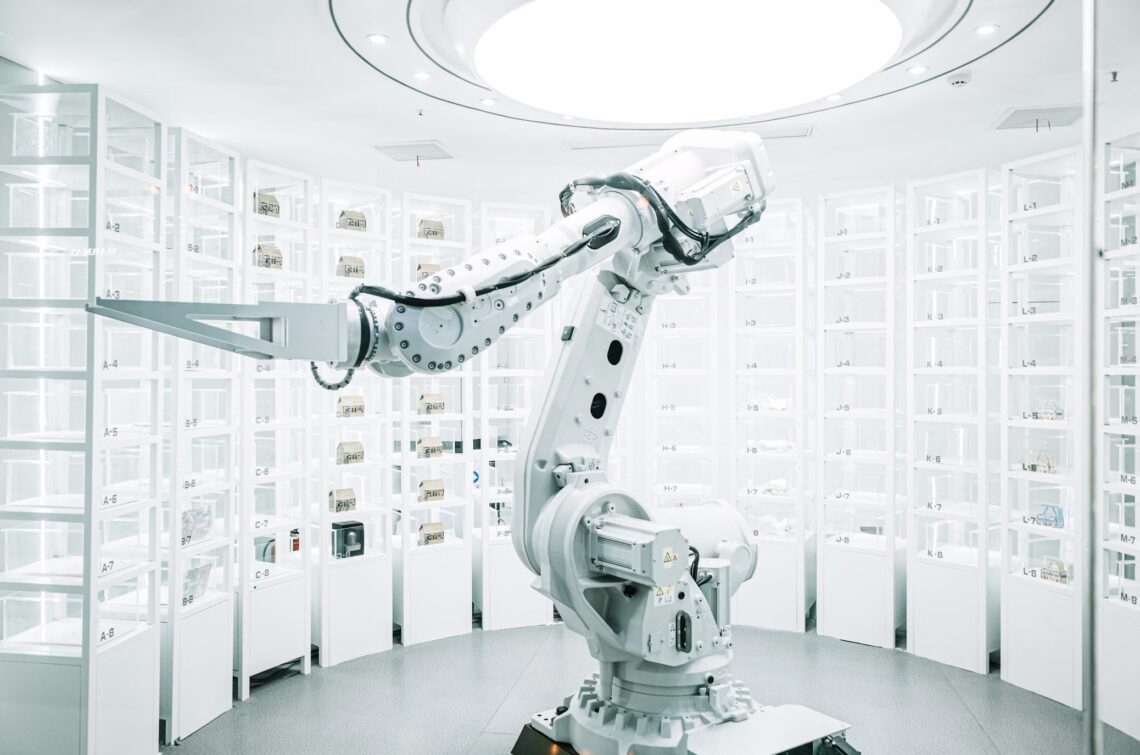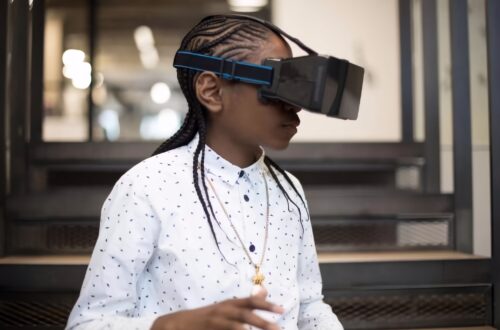What if talking to a computer wasn’t just about words, but about gestures, images, and even tone? In 2025, that’s no longer science fiction—it’s the reality of multimodal AI.
Here’s the thing: humans don’t communicate in silos. When we speak, we gesture. When we read, we interpret visuals. And when we listen, tone changes everything. Machines are finally catching up.
This blog is about making sense of Multimodal AI in 2025—what it really is, why it matters, and how enterprises can use it. By the end, you’ll know not just the “what,” but the “so what” for your business.
What Do We Mean by Multimodal AI?
Think of modalities as “channels” of communication. Text is one channel. Voice is another. Vision—images or video—is a third.
Multimodal AI is when these channels aren’t treated separately, but combined into one unified system. So instead of a text bot, a voice bot, and an image classifier… you get one assistant that can see, hear, and respond holistically.
Quick aside: imagine a customer sending a blurry photo of a product defect, describing it in broken English, and asking for a replacement. A multimodal system could parse the photo (vision), understand the speech (voice), and confirm details via text—all in one flow.
Why Voice, Vision, and Text Together Changes the Game
Here’s where it gets interesting. Individually, voice, vision, and text AIs are impressive. Together, they’re transformative.
- Voice adds emotion. It conveys urgency, frustration, or calmness.
- Vision adds context. A picture of a damaged item is worth a thousand text lines.
- Text adds precision. It’s searchable, structured, and perfect for confirmations.
In practice, combining these leads to cross-modal AI systems. For example, in healthcare, doctors can dictate notes (voice), attach scans (vision), and generate structured patient summaries (text). That reduces errors and saves time.
Key Insight: Integration is the multiplier, not the modality itself.
How Enterprises Are Actually Using It in 2025
Not every enterprise is deploying futuristic robot assistants. Most real use cases fall into three buckets:
- Customer Support: Hybrid interactions—upload a photo, describe it verbally, confirm via text.
- Field Service: A technician streams video, the AI interprets what it “sees,” and provides voice-guided fixes.
- Retail: Shoppers ask, “Do you have this in red?” while pointing their camera at a product. The system responds with voice plus recommendations.
According to IDC’s 2025 study, companies adopting multimodal AI report 21% faster issue resolution and 18% higher customer satisfaction scores compared to single-channel systems.
The Challenges No One Talks About
Now, let’s pause. This isn’t a silver bullet.
- Latency: Voice + vision + text together takes processing power. Sub-second response times aren’t easy.
- Integration Complexity: Combining multiple data pipelines (audio, image, text) requires serious engineering.
- Bias and Training: Visual datasets often miss cultural nuances, leading to skewed interpretations.
Well, not exactly insurmountable—but enterprises need to budget for these. Otherwise, “multimodal” becomes a buzzword rather than a business asset.
Strategic Implications: Where to Place Your Bets
I’d argue that the overlooked factor is workflow design. Technology isn’t the hard part—it’s aligning the modalities with actual human journeys.
The calculus changes when you stop asking, “Can our system process images?” and start asking, “Does processing images actually reduce our cost-to-serve?”
For some industries—logistics, healthcare, manufacturing—the answer is yes. For others, like basic retail transactions, the ROI may not yet justify the complexity.
Putting This Into Practice
Here’s what this means for your team evaluating integrated AI modalities:
- Test in specific workflows first. Don’t deploy multimodal AI everywhere—start where voice + vision + text naturally overlap.
- Measure latency in real conditions. Lab benchmarks don’t tell the full story.
- Budget for integration. This isn’t plug-and-play—factor in middleware and API orchestration.
- Watch for hidden costs. Cloud GPU consumption can balloon with multimodal loads.
- Focus on ROI, not novelty. Use cases that cut handling time or boost satisfaction are your first wins.
Conclusion: Hybrid AI Interactions Are the Future, but With Caveats
Multimodal AI in 2025 is powerful, but not automatic. The future of voice agents isn’t about replacing humans with flashy demos—it’s about designing unified AI experiences that feel natural and deliver measurable outcomes.
Your best bet? Start small, measure rigorously, and expand where results justify.
Curious how this applies to your enterprise workflows? We offer free 30-minute workshops where our architects walk through your use cases and map multimodal AI to real ROI. [Learn by doing—book your session.]






